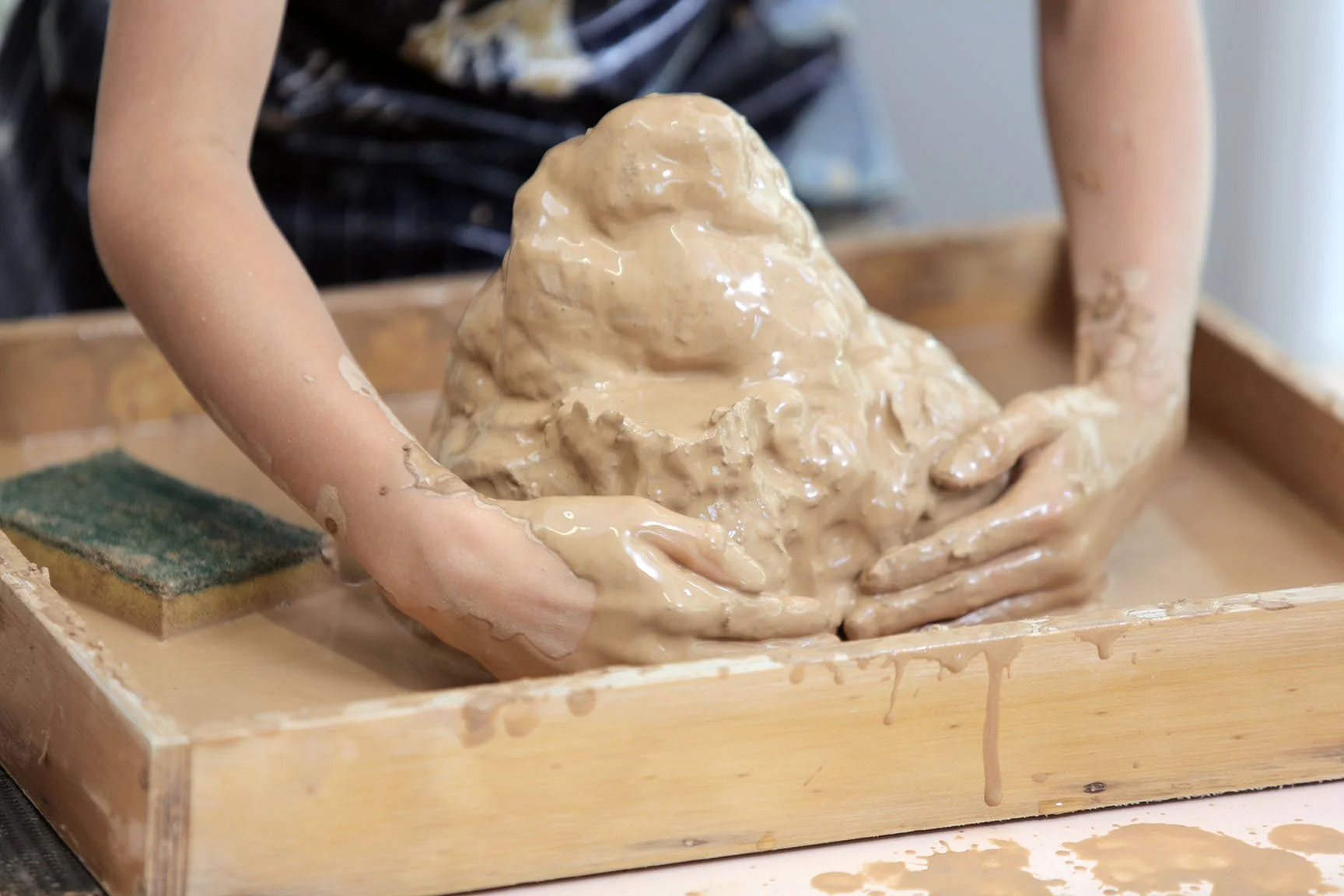Guided Drawing is a bilateral approach to body mapping. The guidance refers to inner guidance, not to instructions from a therapist. Sensorimotor has emerged as a term to describe body focused psychotherapies that use a bottom-up approach. Sensorimotor Art Therapy encourages the awareness of implicit body sensations in the muscles, the viscera, the heart rate, and the breath. It also encourages to explore emotions as body sensations, rather than through the story attached to them.
The drawing process is not necessarily concerned with image-making but supports the awareness of body memories. While these memories are always biographical, the therapy itself is not symptom oriented. Not the specific problem or crisis becomes the focal point, but the option to new answers and solutions as they are embedded in the body's felt sense…
Read More










